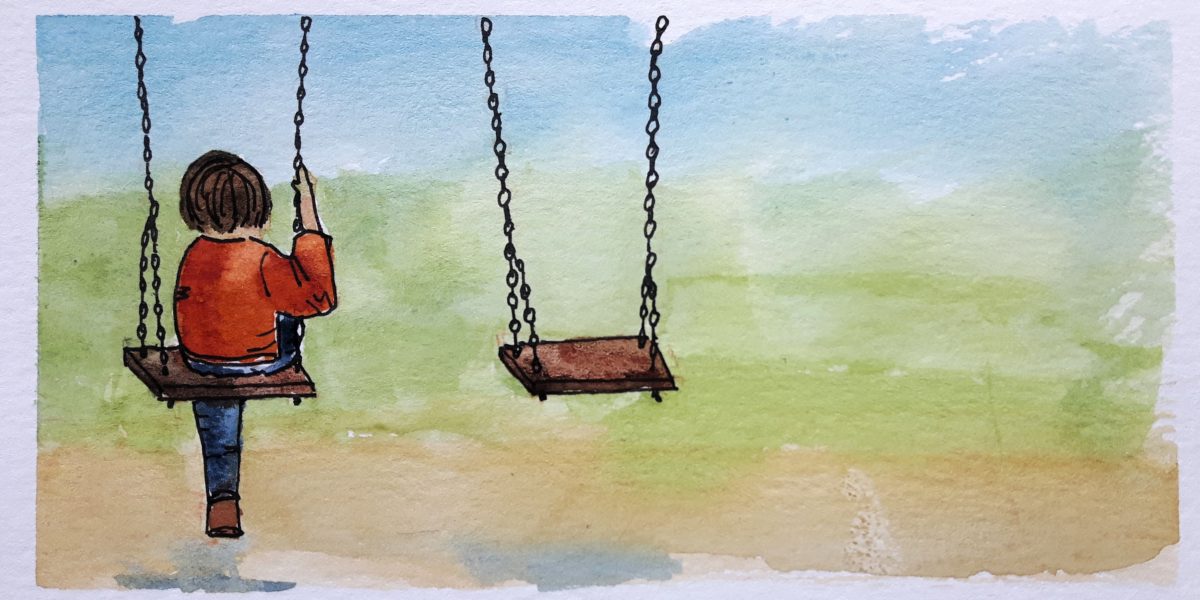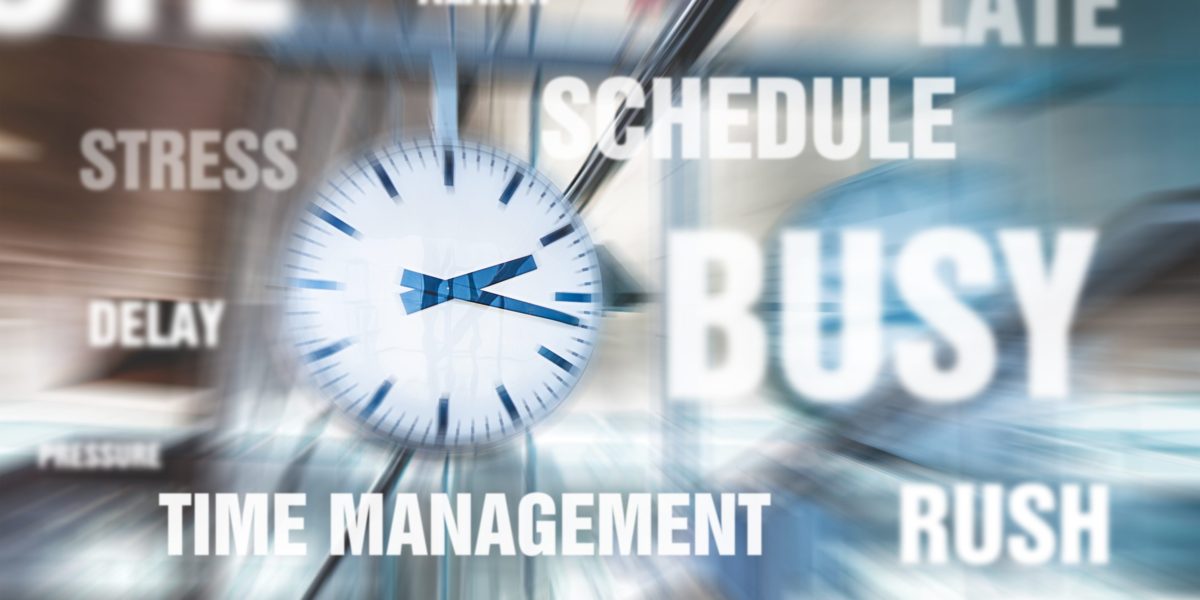Have you ever wondered what your childhood ‘label’ is and how it might be negatively impacting you as an adult? Let’s take a look at that and at why you need to stop calling my child shy.
To share a personal story with you. I was at a small playground a few weeks ago with my four year old daughter. She was playing happily, I was sitting on the sidelines. She got onto the sea-saw at which time a grandmother with a much older child – perhaps around 10 years old – comes over.
The child gets on the sea-saw with my daughter, who we shall call Pup (for that is her nickname). Pup then decides she doesn’t want to be on it any more, gets off and comes over to me.
That could be a reasonable end to the story.
The 10 year old however sits there, expectantly, while the grandmother repeatedly and pointedly looks over at us, expecting Pup to come back onto the sea-saw. I should reiterate here that these are absolute strangers to us.
When Pup chooses not to – because why should she? – she is repeatedly labelled as ‘shy’ by the grandmother. Like, about 5-6 times: “She’s shy? Oh, she’s shy! She’s feeling shy today? Is she a bit shy? Oh, she must be shy….” etc.
I found this totally infuriating.
Why You Need To Stop Calling My Child Shy
It mirrored something that happened with a kindy mum recently. She’s one who always wants to stop and chat, and on this one occasion, she decided she wanted to have a conversation with Pup.
She asked her some questions, and Pup clearly couldn’t be bothered to engage, so she stayed quiet and circled my leg and waited for the woman to go away so she could get on with her morning. Once again, we got “Oh, are you a bit shy this morning?”
I found this totally infuriating, too.
Why?
Here’s the thing, this is why you need to stop calling my child shy. Anyone who knows Pup knows that she is far from ‘shy’. She is an extrovert. She is open and willing to engage with a variety of people. She has a wide circle of friends and is popular and socially capable. Those familiar with Clifton StrengthsFinder will notice she has a lot of ‘Woo’.
And, you know what else she is? She’s discerning. She is capable of making a choice about who to engage in and indeed the right context in which to engage. As do I. Is she reticent and quiet sometimes? Of course! As I am. As most members of the population are. And have a right to be. We have a variety of emotions on a wide spectrum and we have a right to feel them when we feel them.
I looked at the grandmother squarely in the face, and said, “She’s not shy at all. She just doesn’t want to go on the sea-saw right now.”
I made sure Pup heard. It was a confrontational move, but I’d rather have an adult feel uncomfortable with a social interaction than have my daughter internalise an unhelpful label.
Here are the things that make me uncomfortable about this kind of unhelpful labelling:
It is a word that the adult in the situation is using to make themselves feel comfortable at having just been rejected. That’s all.
If it said enough times or in a context where the child is feeling vulnerable, it can be internalised by them. This means they believe the label as the truth, and start to think of themselves, their behaviours and capabilities in the context of it and only it. In other words, they become the label.
It can take just a few seconds for this to happen in their neurology, and yet it can last and limit them for a lifetime.
You can relate to this, can’t you? What was your childhood label and how limiting do you still find it?
Why is this unhelpful now, and in the long term? Because it’s a limitation. If you believe yourself to BE something, you’ll become it, whether it is true, accurate or correct or not, you grow into the label and it dictates how you feel and behave.
If the label happens to be something useful like considerate or kind, then we are not so concerned. However as we know from our evolutionary function the negativity-bias, your brain is less likely to internalise the positive, only the negative.
A labelling word like shy is also static and inflexible – meaning that your brain treats it as an object that is permanent, rather than an activity. The opposite example would be sometime like ‘I can quieten and go inward in certain situations where I don’t feel entirely comfortable’. See how this has become an action, a fluid sequence of events, in a specific context?
See how you can begin to see in an around it, and begin to work with it? That there are counter-examples, other contexts where you are not quiet? See how it becomes less about WHO YOU ARE and more a behaviour that happens AT CERTAIN TIMES? See how much more useful this description is compared to the labelling word?
These are just some of the reasons why you need to stop calling my child shy.
My recommendations: don’t use these words with your children or yourself. Don’t allow others to use them with your kids. Challenge them when they are used to stop the seed from planting. You can do this.
Heal your own unhelpful labels from childhood. Remember: you only internalised them and believed them because you were young and vulnerable. They are not the absolute truth or correct. Try describing the behaviour like I have above, in the context in which is actually occurs, and see the difference this makes.
You may be interested in my upcoming online eCourse on transforming your Inner Critic to Inner Coach. Language matters, and inner-language matters even more. You can change this and become more of who you really are.
Illustration: Sue Kerr.



